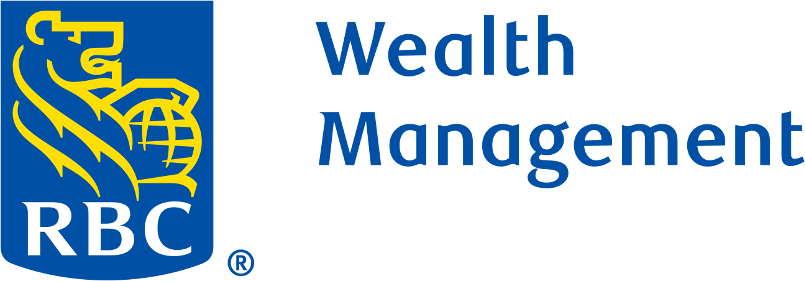Alternative investments seek to provide strategies that differ from traditional investments in a portfolio.
Since alternative investments can access different parts of the market, they may complement traditional investments and wealth planning solutions. Often, they access private markets by investing in securities that are not publicly traded, which may offer less liquidity, but in turn, can provide diversity. Other examples exist too.
More about alternative investing
Alternative investments offer more than just portfolio diversification and the potential for enhanced returns. They also provide a growing opportunity to align wealth with values.
Many alternative investment strategies now apply the principles of responsible investing. Several fall under the ESG category by integrating environmental, social and governance (ESG) factors in investing considerations. There’s also a growing number of impact investing products where the goal is to make a positive impact on causes that matter to you, alongside your intention of receiving a financial return. This could look like investing in clean energy infrastructure, affordable housing projects, private equity funds that prioritize diverse leadership and/or sustainable practices, as well as many other options.
Benefits of alternative investments
Some of the benefits that may come from employing alternative investment strategies in your portfolio include:
Enhance risk-adjusted returns
Alternatives generally strive to produce attractive returns that are not correlated with (or are largely independent from) traditional asset classes. As a result, they may perform well (or zig) when other investments in a portfolio struggle (or zag). When thoughtfully paired with stocks and bonds, these strategies may help improve the overall risk-adjusted returns of your portfolio.
Create higher yield opportunities
Alternatives can include investments that often pay attractive and stable income streams. These assets are not typically easy for the average investor to invest in but can provide another source of income, particularly at times when bond yields are low.
Improve portfolio diversification and stability
Given their unique nature, alternatives can add new sources of returns, improving overall portfolio diversification. When successfully implemented, alternative strategies may help dampen volatility and improve portfolio resiliency and stability, especially in tough markets.
Risks of alternatives
Some alternatives invest in stocks and bonds but apply higher risk investing strategies to generate returns. As a result, alternatives may have certain drawbacks, which include:
Restrictions
Higher investment minimums and other requirements may limit access to alternatives for some investors.
Lower liquidity
Some alternatives do not trade daily, but rather weekly, monthly or quarterly. In some cases, your money may be locked into the investment for a set period.
Higher risk
Many alternatives carry additional risks, such as leverage (borrowing to invest). Higher complexity Some alternative investments employ complex trading strategies that require a higher level of due diligence and understanding.
Higher cost
Given the unique nature of alternatives and the special expertise required to manage them, they tend to be more expensive.
Because alternative investments may be more difficult for the average investor to obtain and hold, they may make more sense for individuals and families that have more significant wealth and already have substantial traditional assets.

